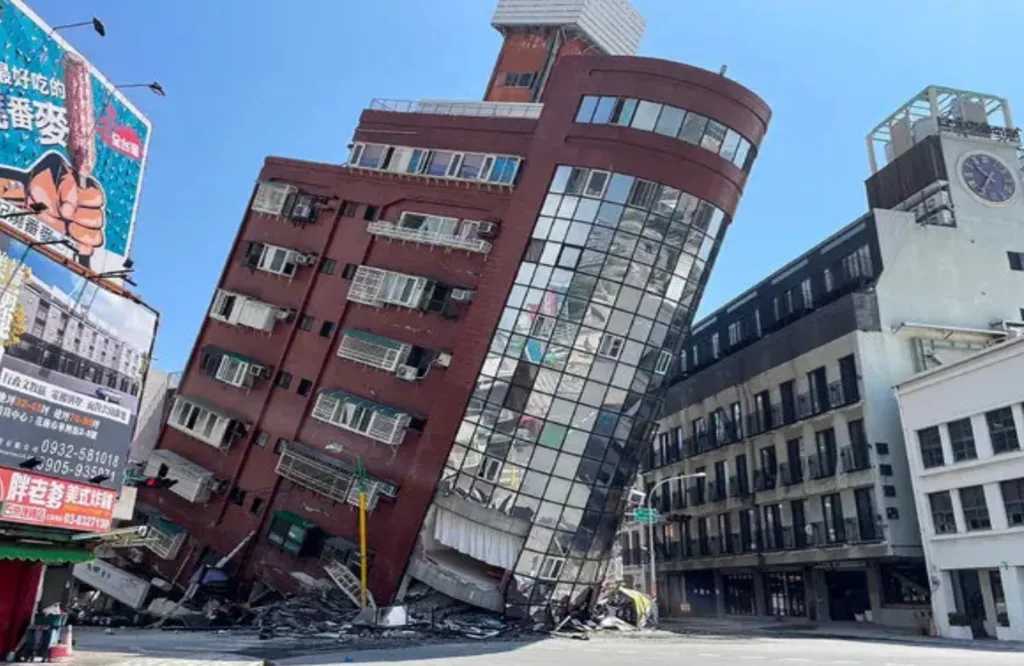Impact, Casualties, and Recovery Efforts After Taiwan's Powerful Earthquake
On April 3, Taiwan was hit by a powerful earthquake that left a trail of destruction across the island. The earthquake, initially reported as magnitude 7.2 by Taiwan’s earthquake monitoring agency, was later estimated by the US Geological Survey to be magnitude 7.5. This seismic event was significant enough to trigger tsunami warnings and evacuation advisories in Taiwan, Japan, and the Philippines, particularly for coastal areas.
Tragically, the earthquake resulted in at least four fatalities and close to 60 injuries. Among the victims were three individuals who were part of a group hiking in the hills surrounding a city; they were tragically crushed to death by falling boulders. This loss of life underscores the seriousness of the seismic activity.
The earthquake’s impact was felt throughout Taiwan and beyond. The head of Taipei’s Seismology Centre emphasized that this earthquake was the most powerful the region had experienced in a quarter-century, drawing comparisons to the devastating quake of September 1999, which claimed thousands of lives.
Reports of the earthquake’s effects poured in from various areas, including Shanghai, where witnesses felt the tremors. In China’s Fujian province, multiple cities, including Fuzhou, Ningde, Quanzhou, and Xiamen, reported feeling the earthquake’s effects.
The damage caused by the earthquake was extensive, with numerous buildings collapsing or sustaining severe structural damage. Particularly hard-hit was the eastern city of Hualien, which bore the brunt of the quake’s force. Television footage showed buildings shaking violently and even being torn from their foundations. As a result, at least 26 buildings collapsed, leaving about 20 people trapped under the rubble. Rescue efforts were promptly initiated to locate and extricate survivors.

In addition to structural damage, the earthquake triggered rockslides and landslides along Taiwan’s eastern coast, exacerbating the challenges faced by emergency responders. Despite the widespread devastation, the Taipei city government reported no major damage within the capital. Notably, transportation systems like the Taipei City’s MRT and the country’s high-speed rail remained operational, albeit with delays as safety inspections were conducted.
The earthquake serves as a sobering reminder of the seismic risks faced by Taiwan and surrounding regions. In the aftermath of such a catastrophe, communities come together to provide support, and authorities work diligently to assess and mitigate further risks.
Urban Cruiser Taisor is launching soon. Click here.

